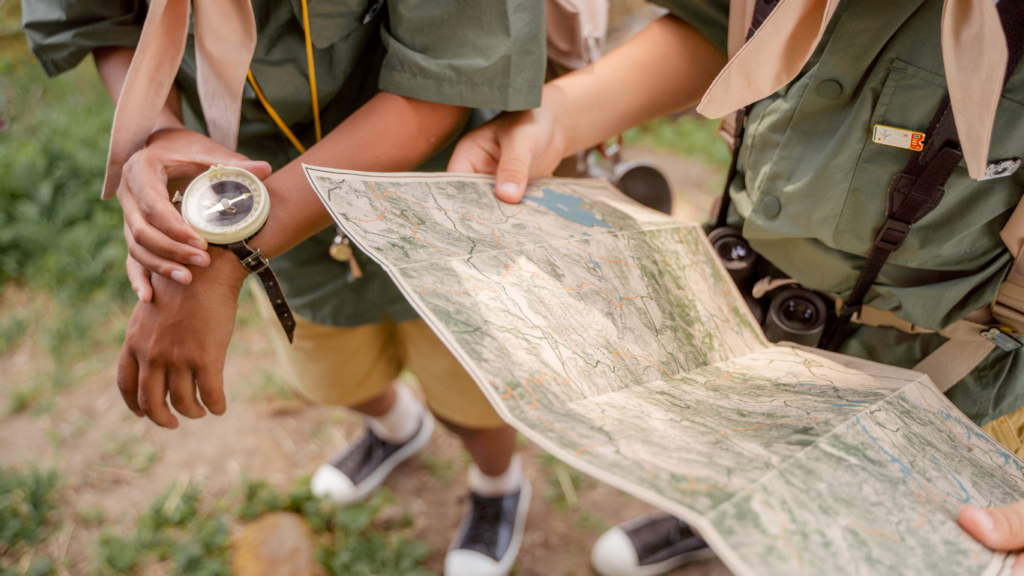Understanding how to use the map guide lwmfmaps can make your experience with detailed mapping tools far more intuitive and productive. Whether you’re using it for travel, research, or local insight, this essential resource breaks down the basics so you don’t waste time fumbling through tools or features. Designed for everyday users, this essential resource provides a clear roadmap to get you started and keep you on track.
Why Use the Map Guide?
If you’ve ever opened an interactive map and felt overwhelmed by pins, legends, or toggles, you’re not alone. The map guide from lwmfmaps simplifies this process by offering a user-friendly layout with straightforward instructions. It eliminates the guesswork and helps you focus on what you’re actually trying to find—whether that’s a specific location, route, or category of interest.
Unlike some platforms that assume prior knowledge, the lwmfmaps guide caters to both beginners and seasoned users. It’s especially useful when dealing with complex or multimedia-integrated maps.
Initial Setup and Access
To begin, open the lwmfmaps platform on your desktop or mobile browser. Make sure your device’s location settings are enabled if you want the map to show nearby points relative to your current position.
Once on the map, look for the guide icon or help overlay. You won’t need to download anything—everything is accessible online. The interface is designed to load quickly and adapt to different screen sizes, making it just as accessible on a phone as it is on a laptop.
Key Features Explained
When figuring out how to use the map guide lwmfmaps, keep your focus on these core tools:
Search Bar
The map guide begins with a smart search bar. Type in an address, landmark, or keyword and the map will zoom directly to that area. The auto-suggestion function helps guide users even if you don’t know the exact name.
Filter Toggle
Here’s where things get helpful fast. Want to see only historical sites or current conflict zones? Use filters to customize what appears on your map. This optimizes your experience and cuts out visual noise.
Map Layers
Lwmfmaps typically include multiple layers, each with its own purpose—topography, transportation, population impact, etc. The guide shows you how to toggle those on and off, and how layering can give different context depending on what you’re examining.
Pop-up Info Panels
Clicking on a point of interest opens a panel with more detailed information. These pop-ups often include text, links, photos, and relevant metadata. The guide teaches you how to interpret this data without missing any key takeaways.
Customization Options
One benefit of learning how to use the map guide lwmfmaps is unlocking customization features that aren’t immediately obvious. You can:
- Save bookmarked locations
- Set default layers on startup
- Modify icon sizes for better clarity
- Create shareable links that preserve your settings
These features are especially useful if you’re using the platform regularly or sharing maps with a team.
Troubleshooting Tips
Running into issues? The map guide also walks you through common fixes.
- Slow loading times: Try reducing active layers or toggling off multimedia content.
- Missing info: Refresh your browser or zoom out to make sure you’re on the correct portion of the map.
- Mobile quirks: If features act buggy on mobile, switch to desktop mode or use a different browser.
Sometimes problems aren’t with the platform at all—just limitations in your browser or data connection. The map guide helps diagnose that fast.
Who Should Use the Map Guide?
The map guide isn’t just for casual users. It’s equally valuable for:
- NGOs and researchers working on location-based projects
- Educators teaching regional studies or spatial data interpretation
- Travelers planning routes or exploring cultural zones
- Local authorities matching policy drafts to real-world locations
Basically, if your work or curiosity involves a map, you’ll get something out of this guide.
Comparing to Other Platforms
Lots of mapping tools exist out there: Google Maps, OpenStreetMap, QGIS. What makes lwmfmaps different is its mix of curated data layers tailored to specific content streams. While other platforms offer general navigation or open data formats, lwmfmaps excels in focused geo-narratives. And the guide plays a key role in helping users get the most out of that experience.
Final Thoughts
Maps can do more than get you from point A to point B. With robust tools and well-documented guidance, lwmfmaps turns standard cartography into a storytelling device. But none of that matters if you don’t know how to navigate the interface.
Knowing how to use the map guide lwmfmaps is what bridges that gap. It’s not just an instruction manual—it’s your walkthrough to a smarter way of exploring information.
Take ten minutes to read the guide, and you’ll move from passive viewer to active explorer. That little bit of upfront time saves hours down the road—and helps you actually understand what you’re looking at.



